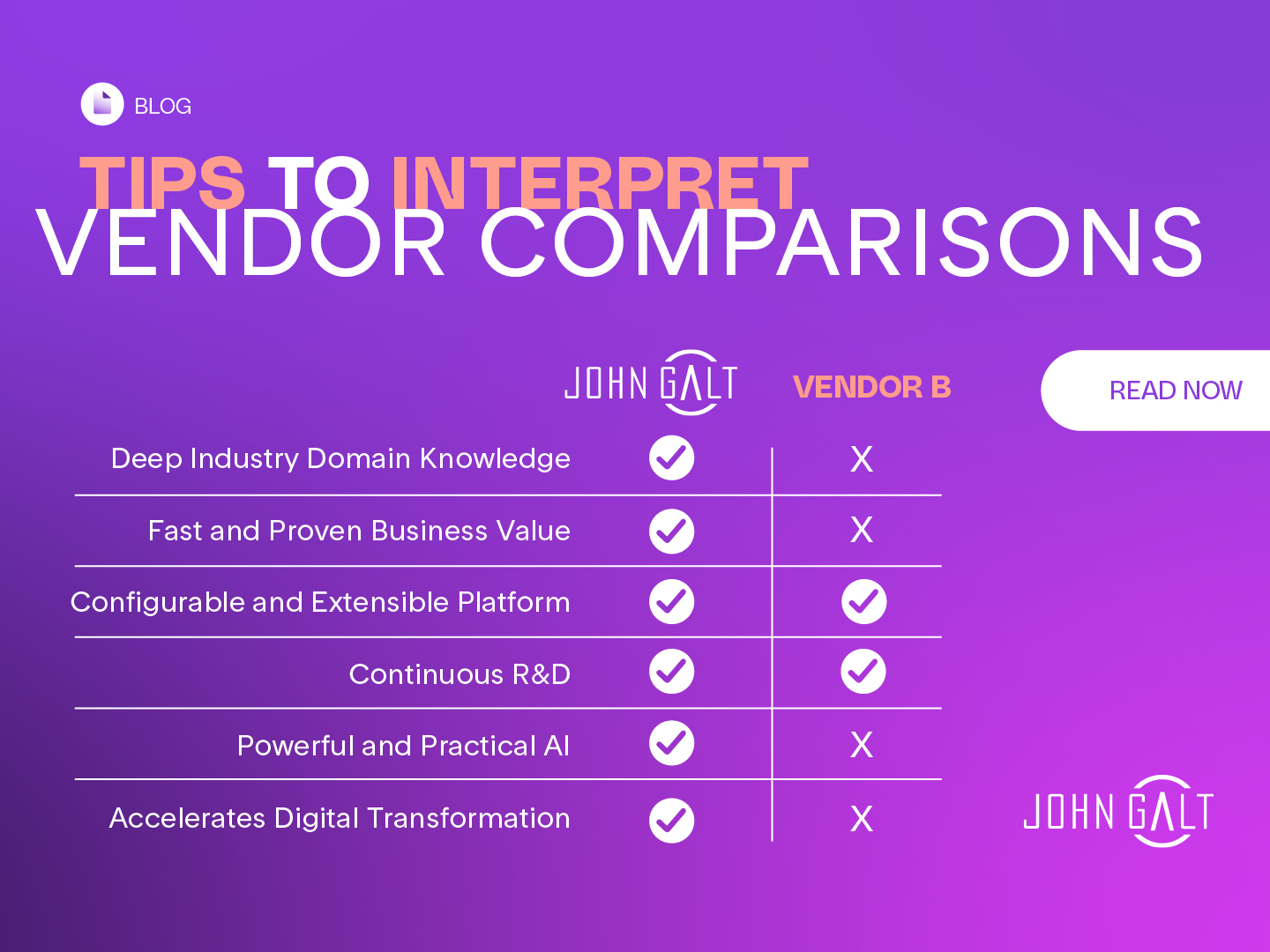Post Index:
- Gartner 2022 Magic Quadrant for Supply Chain Planning
- Nucleus Research vendor assessment
- Other Market Comparisons
What are the best supply chain planning solutions? It’s an often-asked question and one that is really tough to answer. The good news is you’ve started by asking the question which means you realize there is something better than what you are currently doing. Supply chains are incredibly complex and challenging. The last few years have shown just how quickly the world can change, how quickly raw materials can dry up, demand can swell and shipping can get stuck – looking at you Ever Given!
The reality is there are dozens and dozens of supply chain solutions that cover a broad range of capabilities from planning to execution. As one starts this journey, you likely go to three sources – colleagues and people you trust, third parties such as research firms like Gartner®, IDC and Supply Chain Insights, or Google (which delivers 7 billion results).
Gartner® 2022 Magic Quadrant™ for Supply Chain Planning
Gartner just published its 2022 Magic Quadrant for Supply Chain Planning. The Magic Quadrant™ evaluates the market based on two axes: Ability to Execute and Completeness of Vision. Then vendors are placed in one of four quadrants. These are Leaders, Visionaries, Niche Players, and Challengers.
Gartner defines the Magic Quadrant as:
“Gartner Magic Quadrants offer visual snapshots, in-depth analyses and actionable advice that provide insight into a market’s direction, maturity and participants. Magic Quadrants compare vendors based on Gartner’s standard criteria and methodology. Each report comes with a Magic Quadrant graphic that depicts a market using a two-dimensional matrix that evaluates vendors based on their Completeness of Vision and Ability to Execute.” (source)
OK. But what does that mean?
Leaders in a Magic Quadrant™ execute comparatively well today and are well positioned for tomorrow. These vendors offer greater breadth and depth of capability and deliver differentiated functionality. In other words, they are doing what they say they do well, customers are implemented and satisfied, and their roadmap for the future aligns with where Gartner sees the industry heading. Leaders anticipate end user demands and where the market is heading and how innovative technologies can be applied to supply chain planning software applications. Additionally, they have strategies to support these emerging requirements to build a more robust, future-proof solution.
Of course, I have to take the opportunity to brag a bit and state John Galt Solutions is named a Leader in the 2022 Magic Quadrant™ for Supply Chain Planning. If you’d like to read the research, follow the link above.
That is Gartner’s approach – comparing vendors against the two main themes of Ability to Execute and Completeness of Vision.
Nucleus Research vendor assessment
Not to be outdone, Nucleus Research released their vendor assessment earlier in the year. The 2022 Nucleus Research Supply Chain Planning Technology Value Matrix looks similar to the Gartner® Magic Quadrant™. They both have two axes and four categories vendors are placed. Nucleus Research looks at the two broad themes of Greater Usability and Better Functionality to then place vendors in four buckets: Leader, Facilitator, Expert, and Core Provider.
The Value Matrix is based on Nucleus Research’s interviews with end-users. Greater Usability is an assessment of how easy the software is to use, availability of role-based views, and the ROI achieved from the implementation. Better Functionality assesses the depth and breadth of the footprint of capabilities the vendor provides to the market as well as the investment in innovative functionality that delivers additional benefits. For example, a vendor that provides both planning and execution is likely to be more to the right than one that just offers production planning.
You can also download a copy of the Supply Chain Planning Technology Value Matrix!
Today’s supply chains impact every aspect of a company’s business, a product’s lifecycle, manufacturing, transportation, returns, how customers engage, and the environment around us. Aligning with a partner and platform that can help you solve today’s most pressing challenges while charting a path toward future success is critical. You want to make sure your partner has the experience, focus on innovation, and a clear understanding of where the market is headed. These last couple of years won’t be the last time we face supply shortages, demand volatility, strained labor markets, and geopolitical events. The sheer complexity requires more than a reliance on ERP, homegrown solutions, spreadsheets, and traditional and rigid solutions to discern actionable intelligence that will drive the business forward.
Other Market Comparisons
There are many more market comparisons such as the IDC MarketScape and Forrester Wave. I would also recommend you visit peer review sites such as Gartner Peer Insights and Capterra. Here you will read directly from your peers about their experiences with each vendor. Gartner Peer Insights, for example, provides scoring across multiple categories ranging from Customer Experience to Product Capabilities. They look at the evaluation process, integration, deployment, and service and support.
Similarly, Capterra highlights multiple categories for each review including Ease of Use, Customer Service, Features, Value for Money, and Likelihood to Recommend. Each of these review sites provides unfiltered assessments of each vendor, both pros and cons as well as which other vendors they considered.
In just this post, we’ve highlighted several third-party sources you should consider when evaluating supply chain planning solutions. And don’t forget to speak with the vendors as well and get to know them – their history, vision for the future, and what makes them tick. Are they truly passionate about supply chain and your challenges? Forming a relationship with them early will help paint the picture of their culture and what working with them will look like.



